In recent years, many companies have adopted a ‘China Plus One’ strategy for managing their global supply chains. In other words, rather than relying solely on a Chinese manufacturer to make their products, they establish additional supplier relationships in another country. This can sometimes become a Plus Two, Plus Three, or more, depending on the number of countries where the company sources.
Several factors explain why this strategy has become increasingly common. Between 2010 and 2020, China’s average yearly manufacturing wages increased by 169%, reaching 82,783 CNY (12,798 USD) in 2020. Two decades ago, China was seen as a low-cost manufacturing destination, but these rising labor costs have led many importers to look at other developing countries as alternatives.
Additionally, the US-China trade war, which started in 2018, accelerated the adoption of the China Plus One model. And the COVID-19 pandemic further accelerated it, as importers became more concerned about the impact of regional events on the resiliency of their supply chains. Here we cover these factors in more depth and discuss some tips for implementing this strategy.
Table of Contents
The Impact of Rising Wages
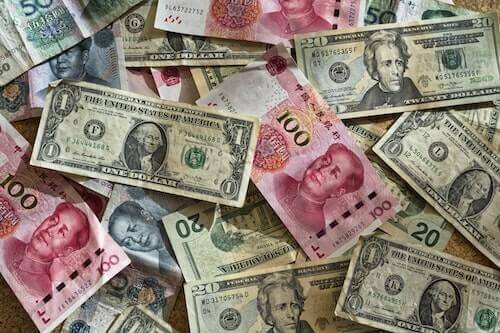
Several decades ago, when China’s industrialization kicked off, it was an impoverished agrarian society — and the cost of labor was low. But over the decades, Chinese citizens have seen steady increases in their standard of living, and production costs have increased relative to Southeast Asian countries like Vietnam or Cambodia.
Despite that, China offers other advantages such as its advanced logistics, high productivity, and manufacturing expertise across many industries. These factors make it difficult for many importers to move manufacturing out of China. Still, in labor-intensive manufacturing industries such as apparel and footwear, a movement to Southeast Asia started at least a decade ago.
This shift is evident in the supply chain of large multinationals like Nike. As of August 2021, about 13% of the workers making Nike products were at manufacturing facilities in Mainland China — meanwhile, 41% of workers were in Vietnam.
Nike makes its products in over 30 countries around the world to diversify their manufacturing. By doing so, they are not reliant on any one country for their products and can shift production around should unexpected political, regulatory, weather, epidemic/pandemic-related, or other events occur in a particular region.
Nike can maintain such a large manufacturing footprint because they are a multi-billion-dollar company. But many smaller companies find they benefit from just one additional sourcing destination, hence the term “China Plus One.”
The US-China Trade War and COVID-19
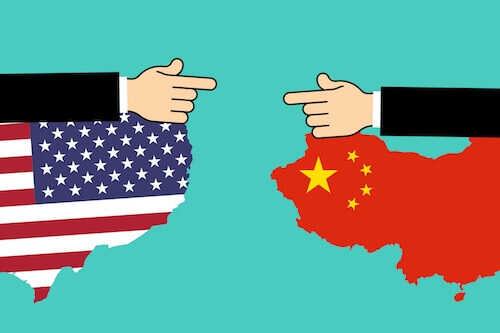
After the US-China trade war kicked off in 2018, the US government placed tariffs on hundreds of billions of dollars worth of Chinese goods, with China responding in kind. These tariffs made it more expensive for many businesses to acquire the parts and products they needed from the country.
The trade war accelerated the shift away from China as a sole manufacturing partner, and Vietnam was one of the primary beneficiaries. Imports from Vietnam to the US went from 49.1 billion USD in 2018 to 66.5 billion USD in 2019 — a 35% YOY increase.
When the COVID-19 pandemic hit in early 2020, the initial outbreak shut down China manufacturing completely, and many supply chain managers began to think more seriously about diversification. The drive for supply chain diversification accelerated, as did an increased demand for domestic manufacturers.
Where are Companies Sourcing Their Products?
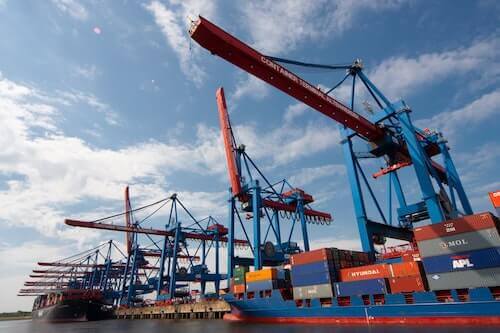
One of the primary sourcing destinations in the last several years has been Southeast Asia. These countries offer proximity to China and provide manufacturing opportunities in textiles, furniture, plastics, and more. We’ve done manufacturing profiles on various Southeast Asian countries, namely:
Some importers have also chosen to work with suppliers in South Asia. This region offers an enormous labor pool, proximity to China, and access to natural resources. We’ve done profiles on the following countries:
Additionally, many US-based companies have attempted to reshore or nearshore their production. Reshoring can work for some products, particularly those where the production process is highly automated, thus minimizing labor costs. Nearshoring, another alternative, can lead to shorter delivery times and lower distribution costs than shipping from Asia.
Moving Production Requires Careful Planning

There are certain key things to keep in mind for importers currently working with suppliers in China and looking to diversify. If you have a longstanding factory relationship, you may take for granted the fact that your production is operating like a well-oiled machine and underestimate the ease with which you can move production.
You should never rush the process of vetting a new factory. It is advisable to take your time and conduct a complete factory audit of any supplier that you are seriously considering. Be sure to think back on the entire course of your relationship with your current supplier and any issues you may have run into in the early stages. Take these into account and take steps to mitigate them with your new manufacturing partner so you can avoid excessive production issues.
We recommend the following guide for more information on how to approach factory audits.
Free Guide
How to Prepare for a Factory Audit
A factory audit helps you assess a supplier's systems, capacity, workplace environment, or capabilities to ensure they meet your requirements as a buyer.
But which type of audit should you conduct, and which points should you cover on your checklist? In this free guide, you'll learn how to run an effective supplier assessment.

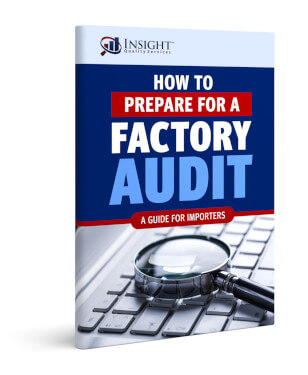

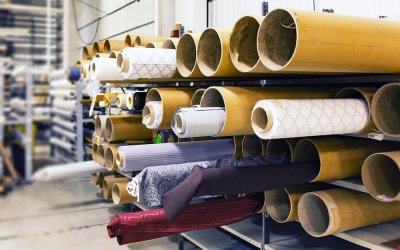
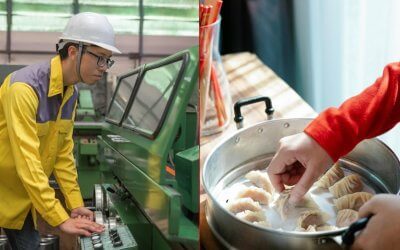
0 Comments